Ähnliche Artikel
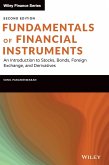
Gebundenes Buch
An Introduction to Stocks, Bonds, Foreign Exchange, and Derivatives
2. Aufl.
22. März 2022
Wiley / Wiley & Sons
1W119816610



Gebundenes Buch
How to Successfully Launch and Operate a Hedge Fund
2. Aufl.
3. Juli 2012
Wiley & Sons
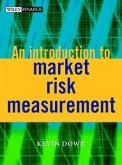
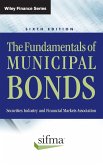

Gebundenes Buch
From Capm to Cointegration
1. Auflage
1. November 2005
Wiley & Sons
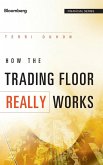
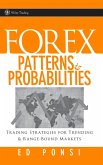

Gebundenes Buch
Value Investing and the Hidden Opportunity in Big Company Stocks
1. Auflage
22. Mai 2012
Wiley & Sons
Ähnlichkeitssuche: Fact®Finder von OMIKRON


